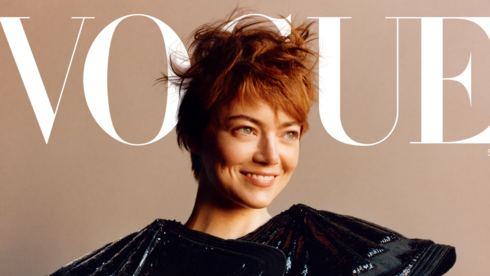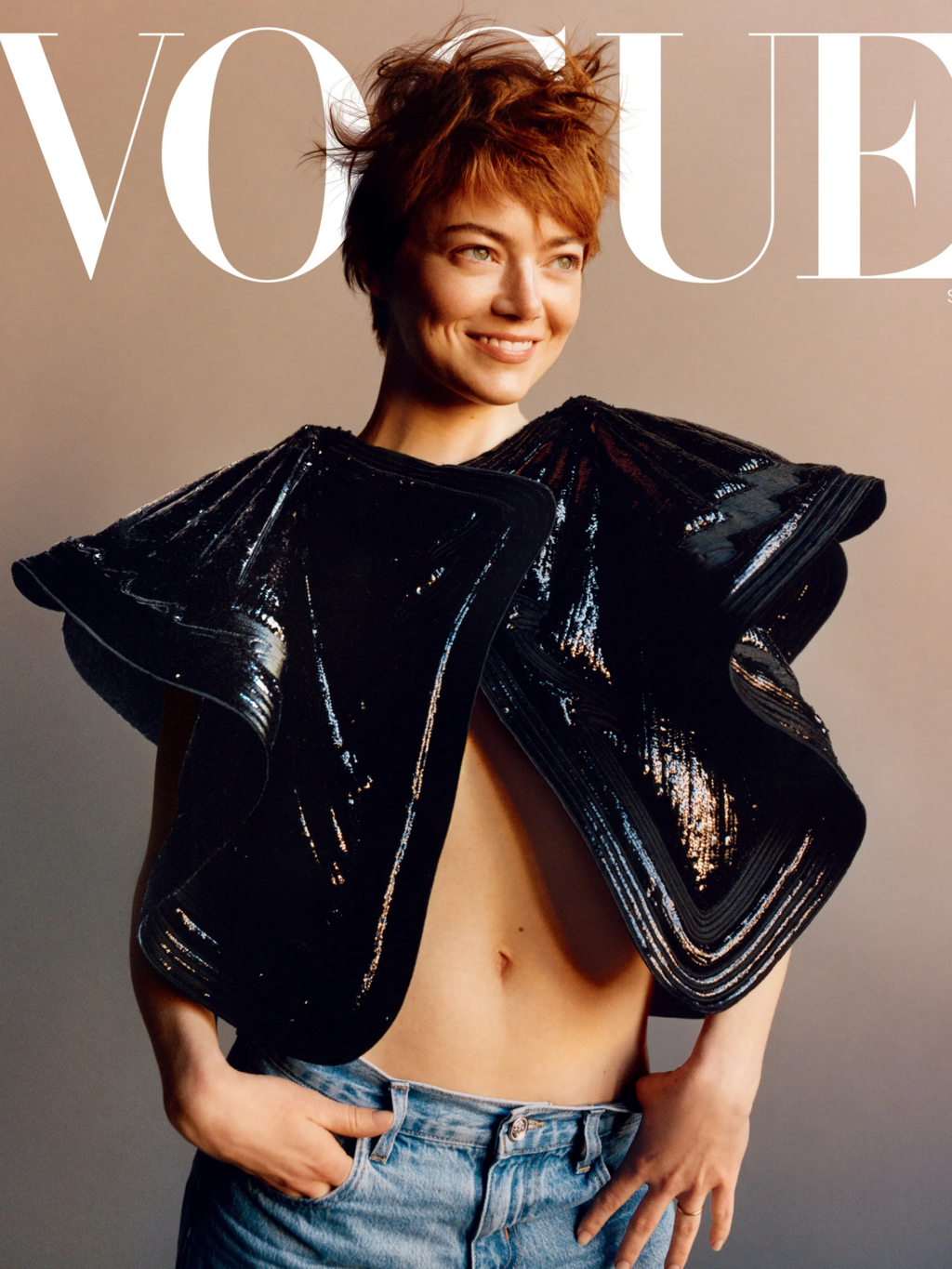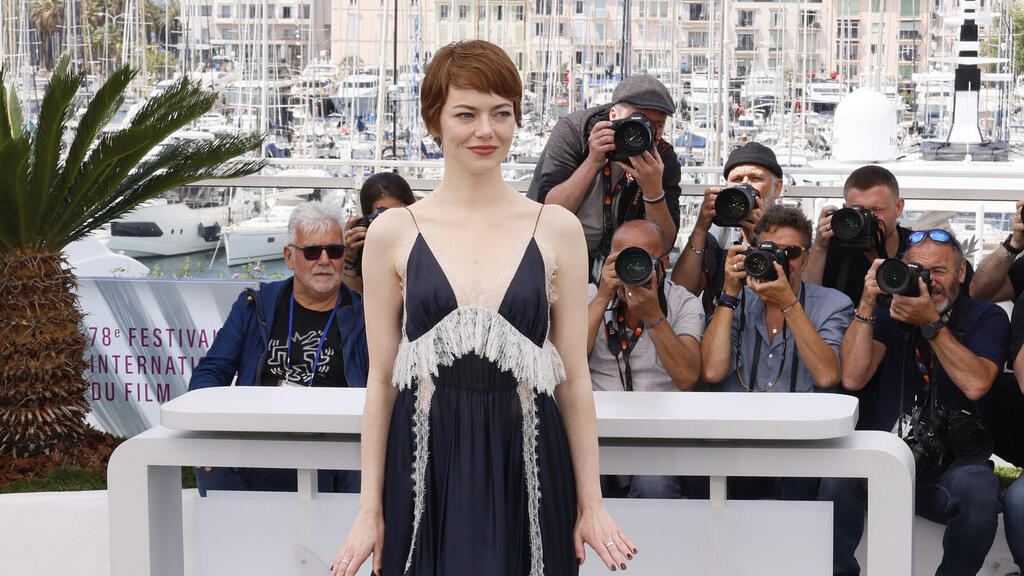Emma Stone graces the cover in loose jeans and a black armor-style top from Louis Vuitton, where she has been an ambassador since 2017. Her short hair, regrown after being shaved for the role, is styled playfully. The shoot, overseen by former Vogue creative director Grace Coddington, a legend who occasionally returns for special projects since retiring in 2016, failed to impress.
Social media reactions were scathing, with comments like, “No way you thought this was good enough for a September cover,” and “What is this cover? Did the intern do it? It’s just sad.” One user quoted The Devil Wears Prada’s Miranda Priestly: “Another disappointment. Another letdown.”
The September issue, once a cultural milestone, has been overshadowed by social media platforms like Instagram and TikTok, which dictate trends with immediacy. Vogue’s largest September issue, in 2012, with 916 pages featuring Lady Gaga, marked a high point before Instagram, launched just two years earlier, reshaped media consumption.
The 2009 documentary The September Issue captured the meticulous buildup to this annual event, but today, advertisers favor measurable, fast-response digital campaigns over print. Organizational changes at Conde Nast, Vogue’s publisher and the diminishing value of physical magazines have further eroded its status.
“It was the best introduction possible; she was so sweet, so charismatic,” Ghesquiere told Vogue. “She’s not a fashion addict. She loves the quality of the clothes, the fabric, the craftsmanship. She’s curious about the way things are done. It’s a very inspiring exchange—like a tennis match where we keep sending things to each other.”
Stone echoed the sentiment, comparing Ghesquiere to Elbaz. “Nicolas is just somebody you can sit, have dinner with, talk about life and everything going on,” she said. “The only relationship I had like that with a designer was with Alber, who I miss terribly. He was so human and loving. Nicolas has that kind of humanity to him.”






